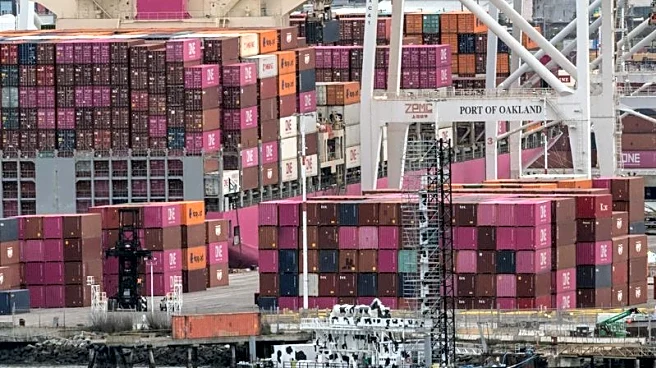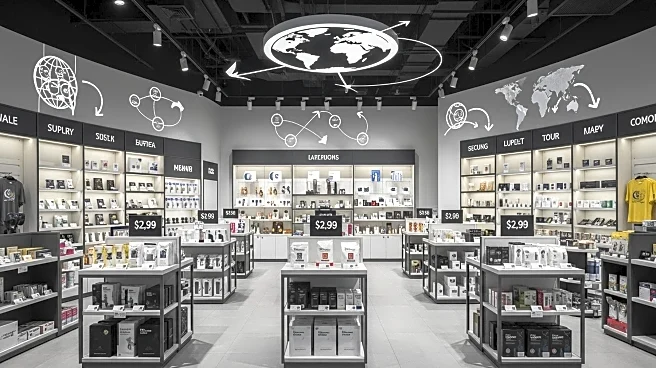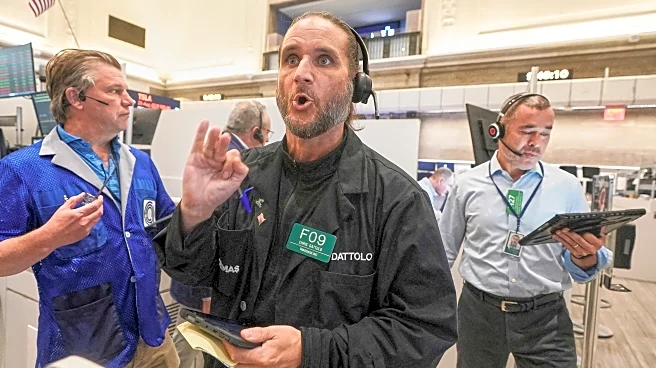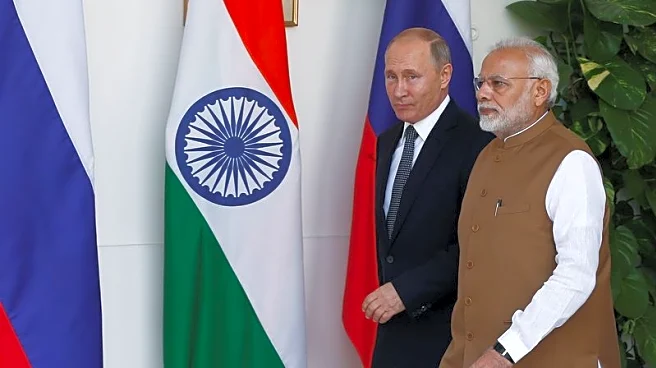What's Happening?
Best Buy is actively reducing its reliance on Chinese imports, shifting production to countries like Vietnam, India, and South Korea to mitigate the impact of U.S. tariffs, which have reached up to 145% on Chinese goods. This strategic move aims to reduce exposure to high tariff brackets, although it has not fully offset financial strains. The company's Q3 2025 results showed a 2.9% decline in comparable sales, with tariffs significantly affecting appliance and home theater categories. Best Buy's full-year revenue guidance has been adjusted to $41.1–$41.9 billion, reflecting ongoing uncertainty. Unlike Walmart, which sources a majority of its products domestically, Best Buy faces challenges due to its global electronics manufacturing reliance.
Why It's Important?
The strategic shift by Best Buy highlights the broader challenges faced by the retail sector in navigating trade policy uncertainties. With razor-thin margins, Best Buy's approach to diversifying its supply chain is crucial for maintaining competitiveness. The company's efforts to absorb costs through supplier negotiations and accelerate shipments are essential to mitigate tariff impacts. However, the inelasticity of electronics demand poses a risk to profitability, especially if tariffs persist. This situation underscores the fragility of Best Buy's business model in a high-tariff environment, emphasizing the need for strategic resilience in the retail industry.
What's Next?
Best Buy's future strategy involves accelerating its shift to nearshoring and investing in operational agility. The company is focusing on Vietnam and South Korea for production, but deeper integration with U.S. and Mexican manufacturing could provide further insulation. Expanding its services and digital offerings while maintaining a strong omni-channel presence could diversify revenue streams beyond hardware sales. The success of these strategies will determine Best Buy's ability to navigate tariff volatility, consumer elasticity, and macro-economic headwinds.













